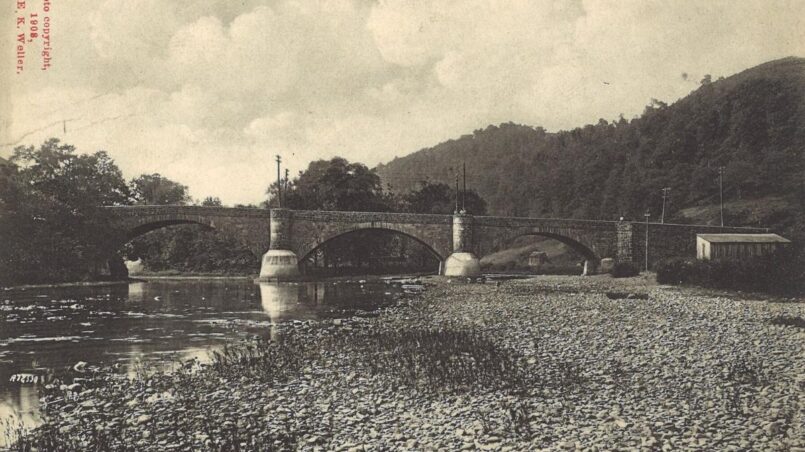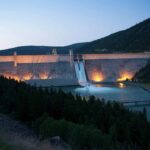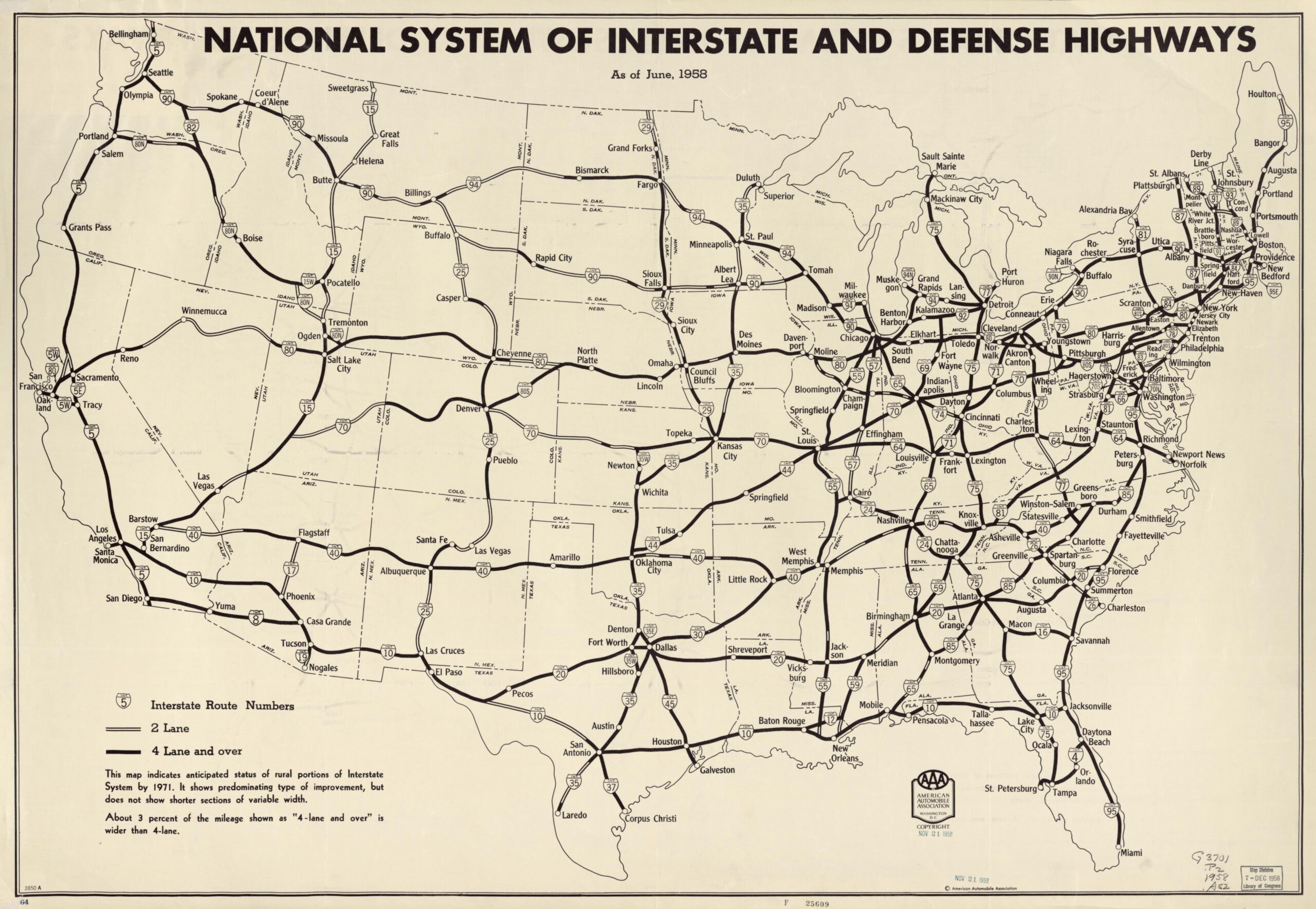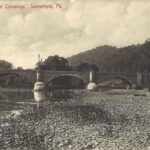It is a well-known historical fact that prior to his unanimous election as the first President of the United States in 1789, George Washington was the Commander of the Continental Army. His historic campaign and victory against the British, with some help from the French, is the stuff of legend. But what is less well-known is that prior to assuming command of the Continental Army in 1775, Washington was just one of many officers in the Virginia Militia.
Washington’s storied military career began in 1752 when he was commissioned as a major in the Militia and appointed commander of one of the militia’s four military districts by Lieutenant Governor Robert Dinwiddie. It came at an opportune time – the British and the French were in a dispute over control of the Ohio Valley. The British were building forts along the Ohio River and the French were building forts between the river and Lake Erie. Tensions were high and the two powers were nearing full on war.
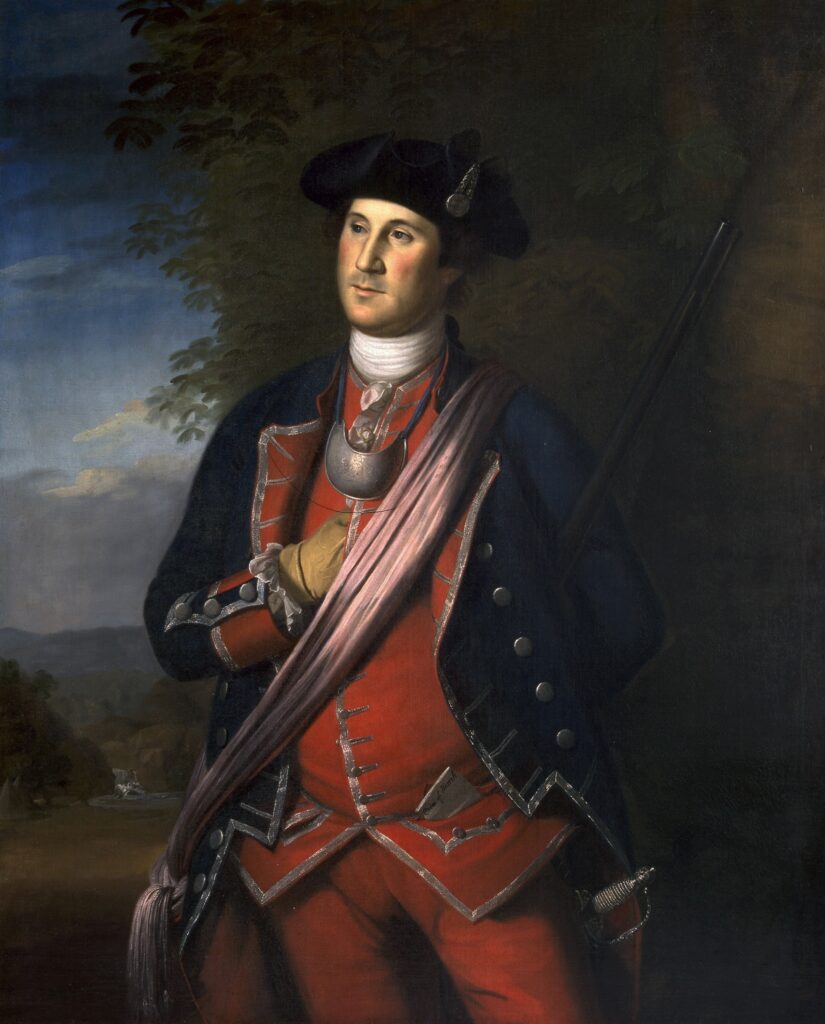
In October 1753, Dinwiddie appointed the then 21 year old Washington as a special envoy. Dinwiddie tasked young Washington with delivering a letter to the French, demanding that they vacate territory that had been claimed by the British. To do this, Washington allied himself with the Iroquois, gathering intelligence on the French forts and their numbers.
By November, Washington’s party had reached the Ohio River and were intercepted by a French patrol. The party was escorted to Fort Le Boeuf, arriving on December 12. Washington dined with Jacques Legardeur de Saint-Pierre, the commander of the French forces in America and presented Dinwiddie’s letter to Saint-Pierre. Saint-Pierre refused to vacate the area, feeling their claim to the Ohio Valley was superior to the British’s claim – the French having explored the valley some 100 years prior to the British arrival. Washington left Fort Le Boeuf on December 16 to deliver the bad news to Dinwiddie.
This exchange would eventually lead to what is now known as the French-Indian war. Washington’s renown as a military commander would be made during this war, some 20 years before the American Revolution, with Washington fighting on the British side.
Now in those days, roads and bridges just didn’t exist. Travelers would resort to fording rivers and creeks in their way, which involved finding relatively shallow or slow moving water that could more easily be crossed on foot or on horseback.
On his way to Fort Le Boeuf to deliver his message to the French, Washington forded the Youghiogheny River near what is today Somerfield Township Pennsylvania, in southern Pennsylvania near the Maryland border. The township was laid out by Philip D. Smyth in 1816, some 60 years after Washington’s crossing.
The siting of Somerfield may have had something to do with the new National Road being constructed nearby. The National Road was the first road built by the Federal government between 1811 and 1837, connecting the Potomac near the new national capital, named for Washington, and the Ohio River. The road would be the main thoroughfare west for settlers in the years to come.
To cross the river, a stone masonry arch bridge was built between 1813 and 1818 by James Kinkead, James Beck and Evan Evans. Attending its official opening on July 4, 1818 was then President James Monroe. The bridge is known as the Old Somerfield Bridge but is also known as the Great Crossings Bridge, possibly commemorating the crossing by Washington or the area in general as a good fording spot.
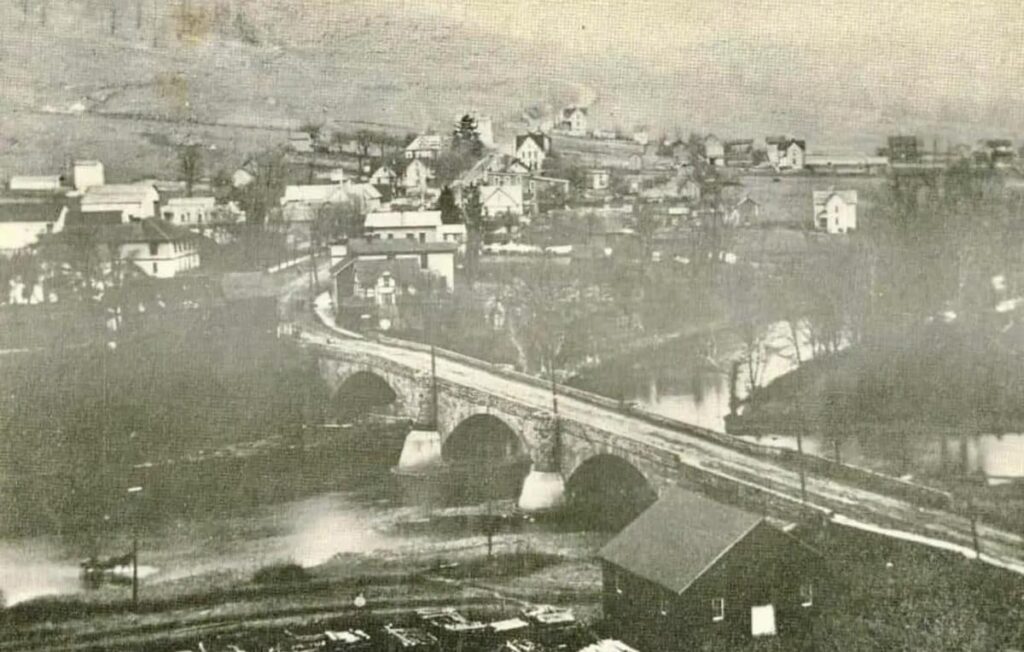
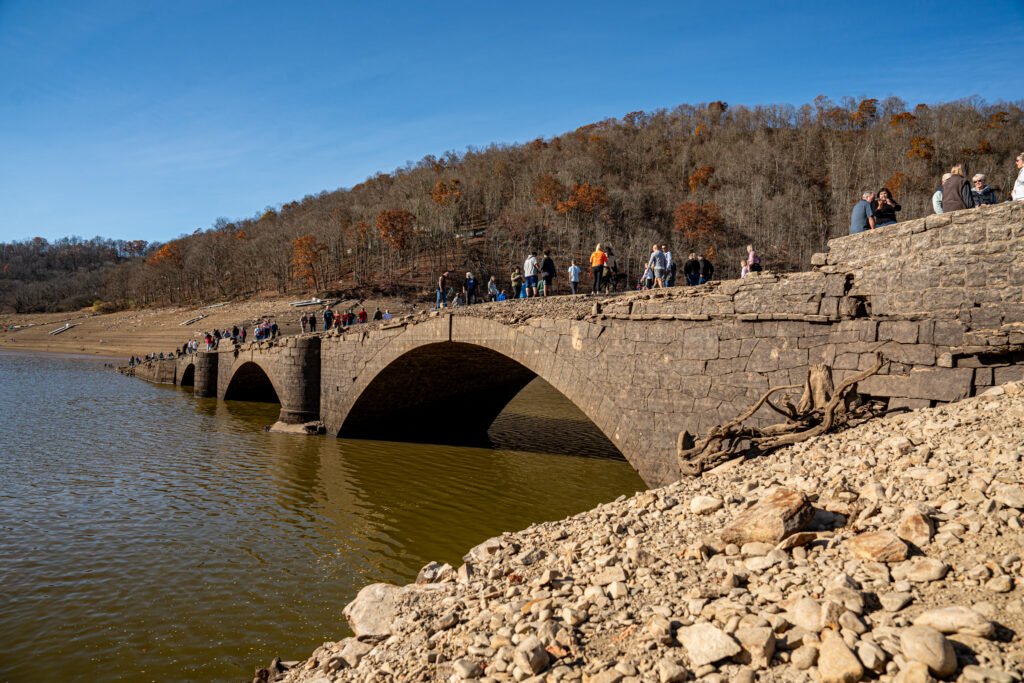
The bridge itself is 375 feet long, being made up of 3 arch spans. Largely made of sandstone, the bridge is 30 feet wide and 40 feet tall and remained in use for over 100 years until it was inundated by the filling of the Youghiogheny River Lake in 1940.
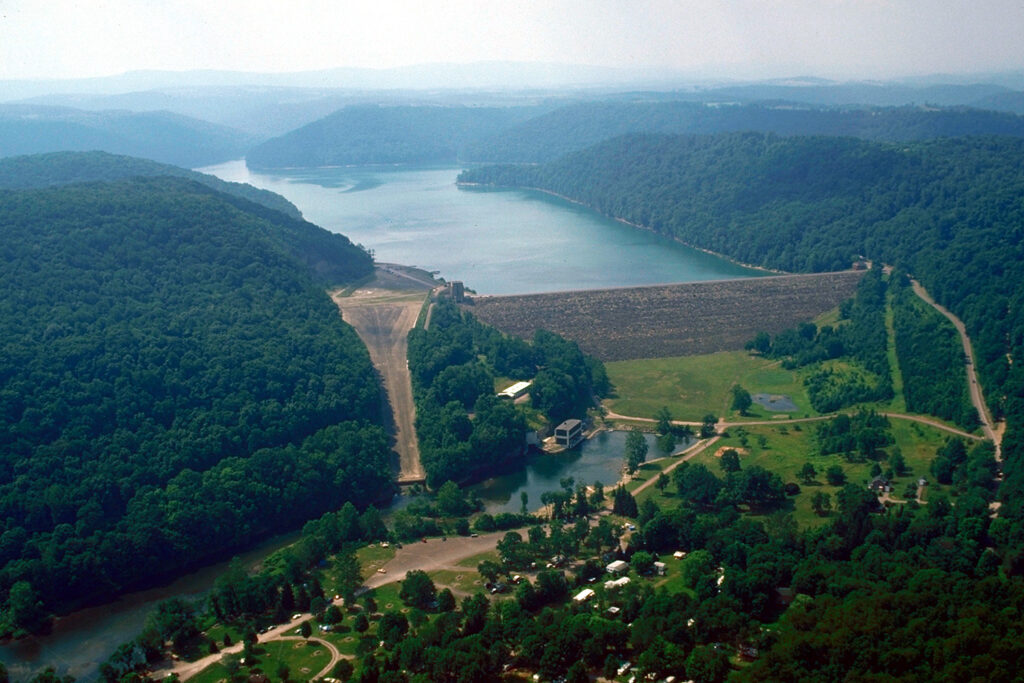
The lake was created by the Youghiogheny Dam, a 184 foot tall by 1600 foot long earthen dam that is owned and operated by the US Army Corps of Engineers Pittsburgh District. The lake and dam are intended primarily for flood control, but it also provides 12 megawatts of hydroelectric power.
Normally, the bridge sits beneath 50 feet of water at the bottom of the lake. However, in times of extreme drought the bridge will become visible from the surface and sometimes even become uncovered. Normal pool elevation for the lake is at 1,419 feet but the bridge becomes visible when the pool drops to 1,392. The deck emerges from the water when the pool drops to 1,384 feet.
The rare opportunity to see the bridge often brings tourists to the lake. Since the structure has never been inspected or evaluated, the Corps has closed the bridge to the public. The bridge being this visible does not happen often – prior to 2024, the last time the bridge was exposed was in 2019. And it won’t be visible for long – lake levels are expected to rebound as moisture from late fall and early winter fronts move through the area.
200-year-old Pennsylvania bridge that reemerged from lake during drought closed over collapse fears
Views: 302